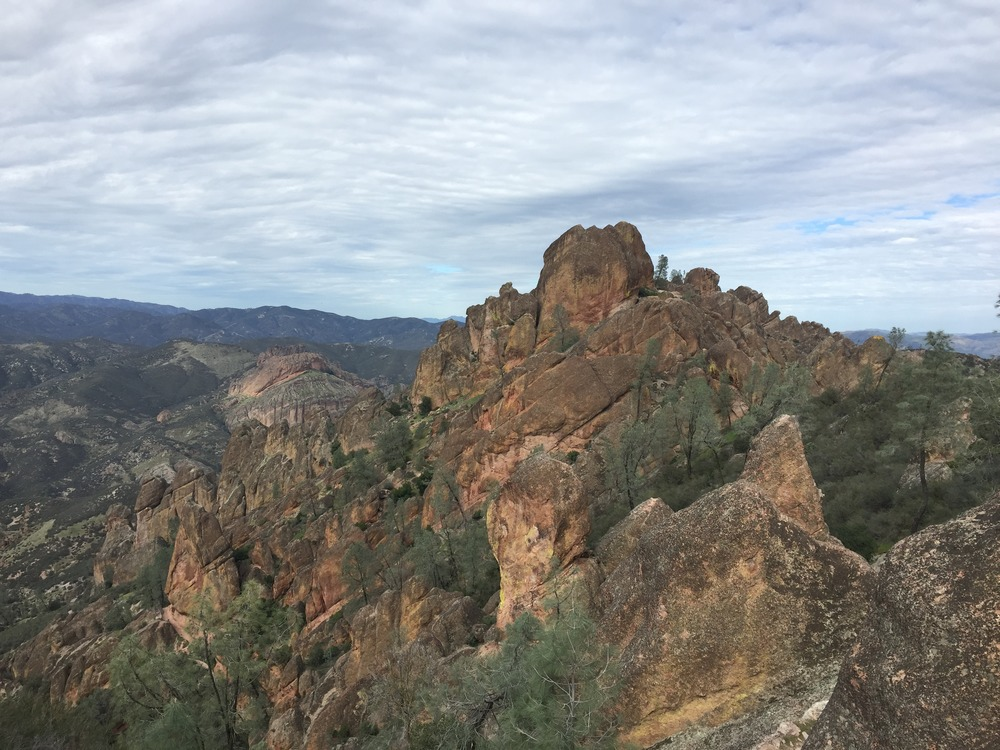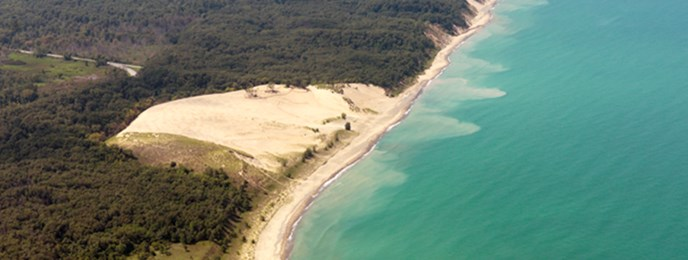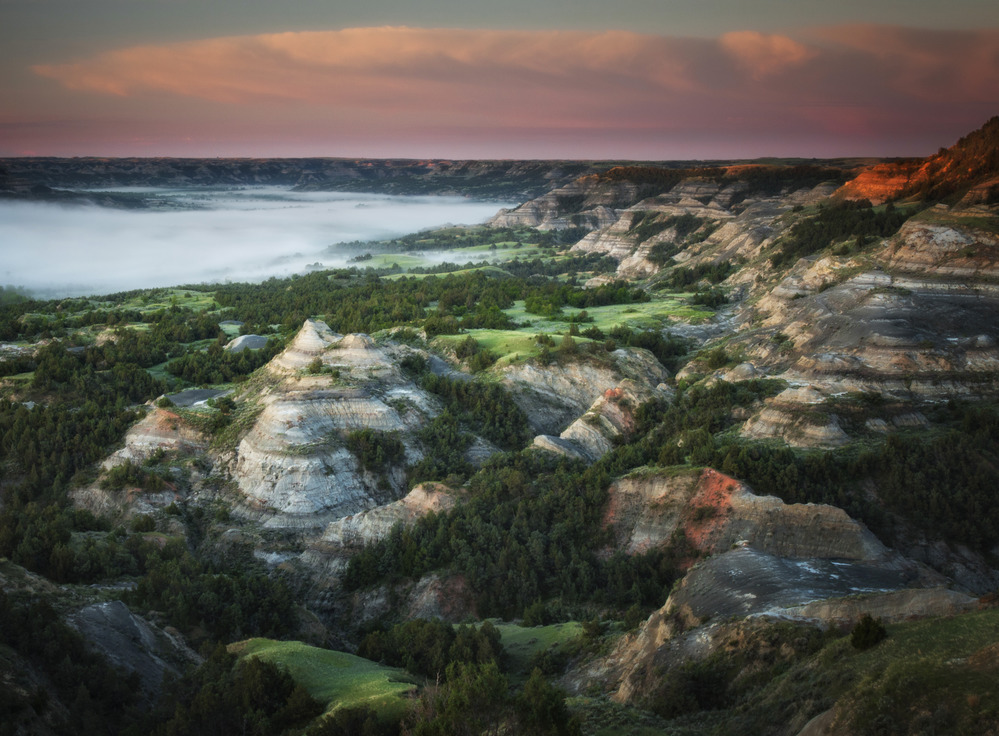It’s time once again to explore more National Parks through yarny goodness. Over the past four years, we have explored the United States through its National Parks, and in 2020, we will have represented them all. Many of these are lesser-known National Parks, and we hope you spend some time exploring them through the links we’ve shared.
Check out our Socks on Vacay/Socks on Staycay summertime sock knitting collaboration with our friend Shannon Squire, too: https://shannonsquire.com/socks-on-vacay-staycay-2020/
Thanks for exploring parks and making socks with us once again this summer! To get your yarn, check out our list of LYS’s offering National Parks (Parks yarn will ONLY be available at our LYS partners through the summer): https://knittedwit.com/
Where is this National Park located?
Pinnacles National Park is located east of the Salinas Valley in Central California.

Whose land does this National Park reside upon?
From the nps website: “Pinnacles National Park continues to learn about the history of Native peoples, but many archaeological records are incomplete. There was no written record prior to European colonization as most stories and knowledge were passed from generation to generation in an oral tradition. Unfortunately, this transfer of knowledge was disrupted by the arrival of the Spanish in 1769 and the introduction of the mission system which prohibited people from speaking their Native language or engaging in their cultural practices. During the process of colonization that continued with Mexicans and then early Americans, it was safer to hide one’s native identity and pretend to be Spanish. Some people retained knowledge from the time before the mission and many Californian Indian people are working today to ‘relearn’ as much of their traditional ecological knowledge as they can.”
Currently, Members of the Amah Mutsun Tribal Band and Chalone Indian Nation volunteer, work, and participate in eco-cultural restoration projects at Pinnacles.
When was it established as a National Park?
January 10, 2013
Why is this park amazing?
A multi-volcanic eruption event 23 million years ago become Pinnacles National Park, and the landscape reflects this massive natural phenomena. You can hike through rare talus caves, emerging to witness huge rock spires teeming with life: prairie and peregrine falcons, golden eagles, and the inspiring California condor.
Why did we choose these colors?
The colorway we created for Pinnacles reflects the volcanic debris, the massive rock spires, the sky, the woodlands, all mushed into a skein-y representation of this breathtaking park.
For more information:
- NPS website: https://www.nps.gov/pinn/index.htm
- Instagram: https://www.instagram.com/pinnaclesnps/











